#23 in Vietnam
Popular Cà Ri Variations
Cà Ri: Ingredients and Preparation
Main Ingredients
Main Cooking Method
Preparation Process
Cà Ri: A Deep Dive
Cultural Significance
Taste
Texture
Aroma
Color
Serving Style
Serving Temperature
Accompaniment
Occasions
Seasons
Special Diets
Calories
Popularity
Popular Similar Dishes
- Rendang
- Laksa
- Doro Wat
Popular Dining Area
Cà ri is a Vietnamese fusion version of curry that often features a vibrant and flavorful broth. In Vietnam, curry is especially popular and usually features coconut water or coconut milk combined with sweet potatoes, meat, or taro.
In some ways, cà ri is more like a soup than the thick consistency typically found in Indian curries. Vietnamese locals typically enjoy cà ri with bread for dipping or accompanied by rice noodles or cooked rice. Surprisingly, cà ri is often associated with the Southern region of Vietnam.
Depending on the location and people’s preferences, cà ri offers a wide range of options, often by switching the meat choices and spice mixes.
Cà ri is more than tasty, especially when you want to uncover other variants of this dish and the method that locals often make this specialty. Explore different serving options to enhance your cà ri experience.
Later on, it’s essential to discover the pros and cons of eating cà ri and discover some concerns of others about this specialty. Also, make sure to find out some specialties that are similar to cà ri.
Key Points
Cà Ri Images
What Are the Variants of Cà Ri in Vietnam?
Cà ri in Vietnam offers a diverse range of ingredients, thus making the dish has various versions. For that, let me introduce you to the popular variations of cà ri:
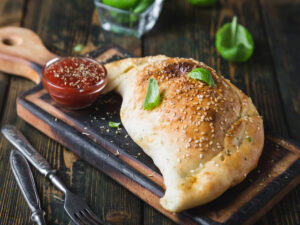
Calzone
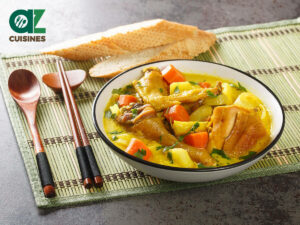
Cà Ri Gà
A flavorful chicken curry, often rich and aromatic
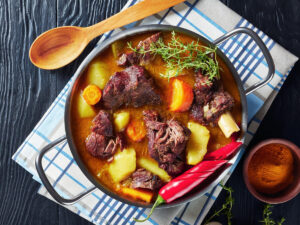
Cà Ri Dê
A curry made with goat meat, potatoes, and coconut milk, flavored with a blend of spices; often served with rice or bread.

Cà Ri Bò
A hearty beef curry, often slow-cooked for tenderness
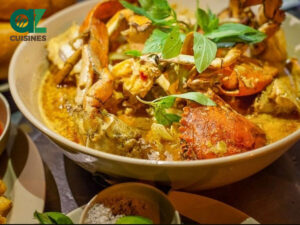
Cà Ri Cua
A seafood curry featuring crab, rich in flavor
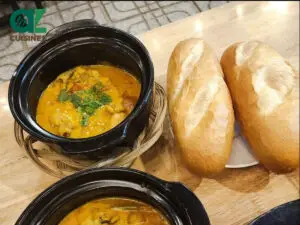
Cà Ri Ếch
A unique curry with tender frog legs
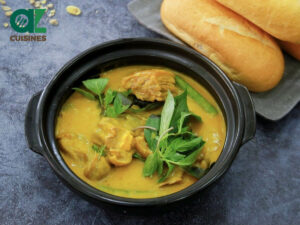
Cà Ri Cừu
A rich and flavorful lamb curry.
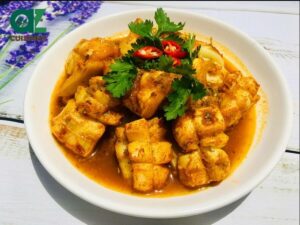
Cà Ri Mực
A seafood curry with squid as the main ingredient
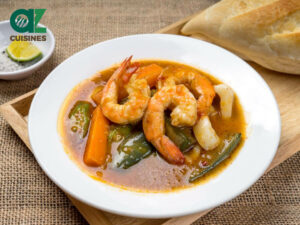
Cà Ri Hải Sản
A mixed seafood curry, often with a rich sauce
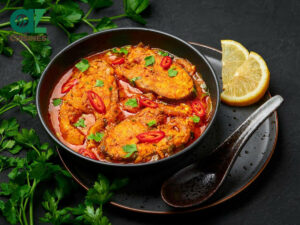
Cà Ri Cá
A fish-based curry, often light and flavorful
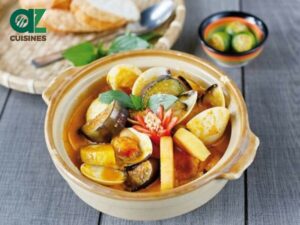
Cà Ri Nghêu
A curry with clams, offering a distinct seafood taste
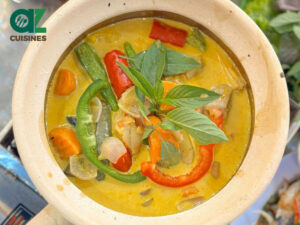
Cà Ri Cá Đuối
A unique seafood curry featuring stingray
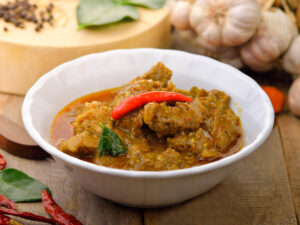
Cà Ri Vịt
A rich curry with duck meat as the main ingredient
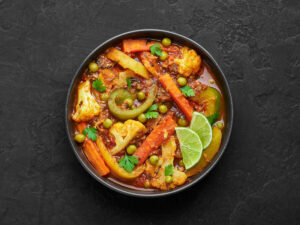
Cà Ri Chay
A vegetarian curry, often with tofu and a variety of vegetables
Don’t just stop at the curry variations in Vietnam since the process of materializing this bold-flavor dish is also interesting to look into.
How to Make Vietnamese Cà Ri?
Vietnamese curry, though it varies by region, often shares a similar process of cooking. To create cà ri, let me show you the steps of making Vietnamese curry:
Step 1: Prepare Ingredients
Cut meat into bite-sized pieces, chop vegetables (carrots, potatoes, onions), and mince garlic and ginger; have Vietnamese curry powder or a spice mix ready.
Step 2: Marinate the Meat
Optionally marinate meat with curry powder, minced garlic, and salt.
Step 3: Sauté Spices
Heat oil in a pot, sauté minced garlic, ginger, and onions until fragrant, then stir in curry powder.
Step 4: Cook the Meat
Add marinated meat to the pot, cooking until browned.
Step 5: Add Vegetables and Liquid
Include chopped vegetables, pour in coconut milk and water or broth to cover, and add lemongrass for flavor.
Step 6: Simmer
Bring to a boil, then simmer covered until meat and vegetables are tender.
Step 7: Season and Serve
Season with fish sauce, sugar, and salt, remove lemongrass, and serve hot with rice or bread.
Cooking Vietnamese is one way to show off your cooking skills. However, there are a few great sides to enhance the flavor of your cà ri.
What to Serve with Vietnamese Curry?
When serving Vietnamese curry (cà ri), you have a variety of options that complement its rich and flavorful profile. Here are some popular choices:
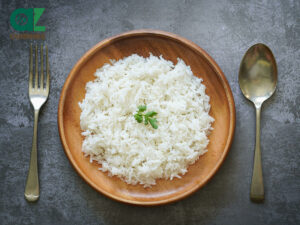
Rice
Steamed jasmine or basmati rice pairs wonderfully with cà ri, as it absorbs the curry’s flavors and provides a neutral base.

Bread
Crusty breads like baguettes are perfect for dipping into the curry and soaking up the sauce.
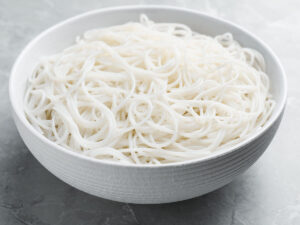
Noodles
Rice noodles or vermicelli can be served with cà ri, offering a different texture and a lighter alternative to rice.
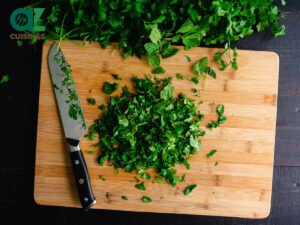
Fresh herbs
Garnishing with fresh herbs like cilantro, Thai basil, or mint adds freshness and aroma.

Drinks
Light beers, jasmine tea, or even a crisp white wine can pair well with the flavors of cà ri.
Finding a perfect pairing to have with cà ri helps elevate the dish to a whole new level in terms of flavor. However, there are a few good and bad aspects about eating Vietnamese curry that you need to know.
Pros and Cons of Eating Cà Ri
These are the positive and negative features that often influence many when they’re going to have cà rì for their next meal:
Pros
Cons
With all the aspects of eating cà ri out of the way, you should spend some time to uncover inquiries relating to this Vietnamese curry dish.




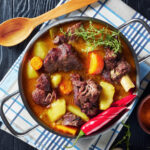
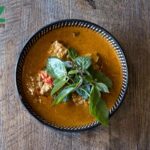

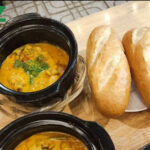
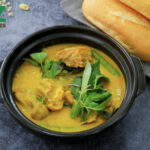

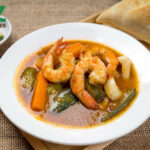

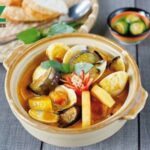
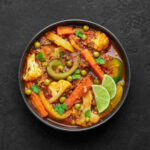
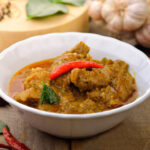

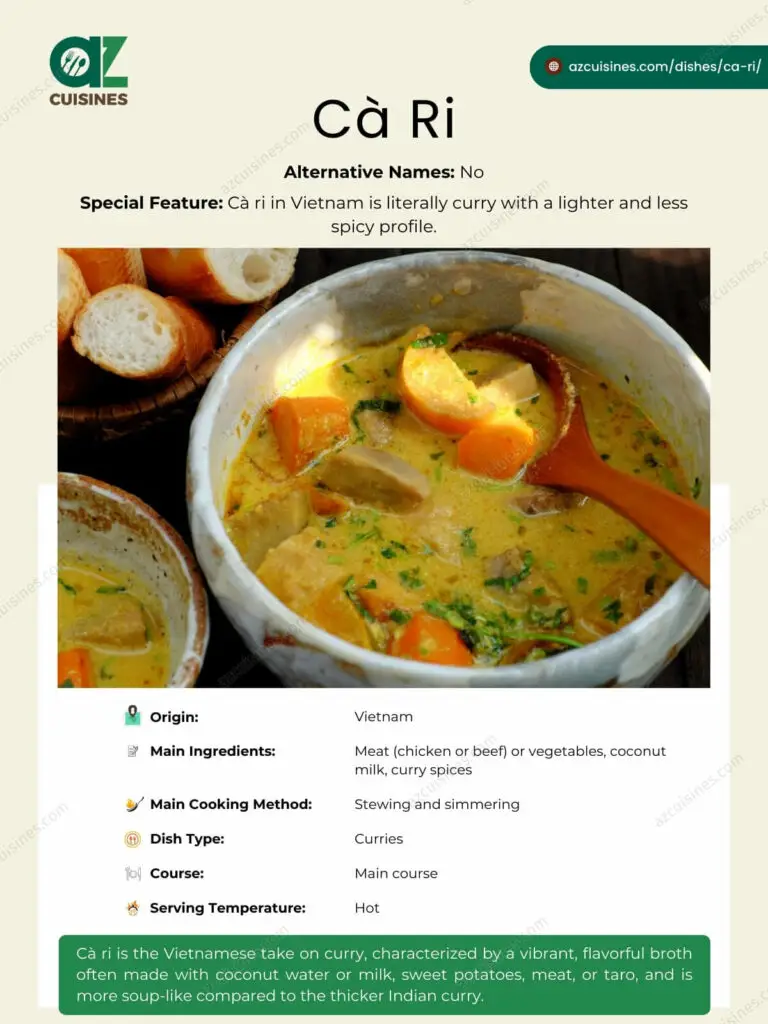
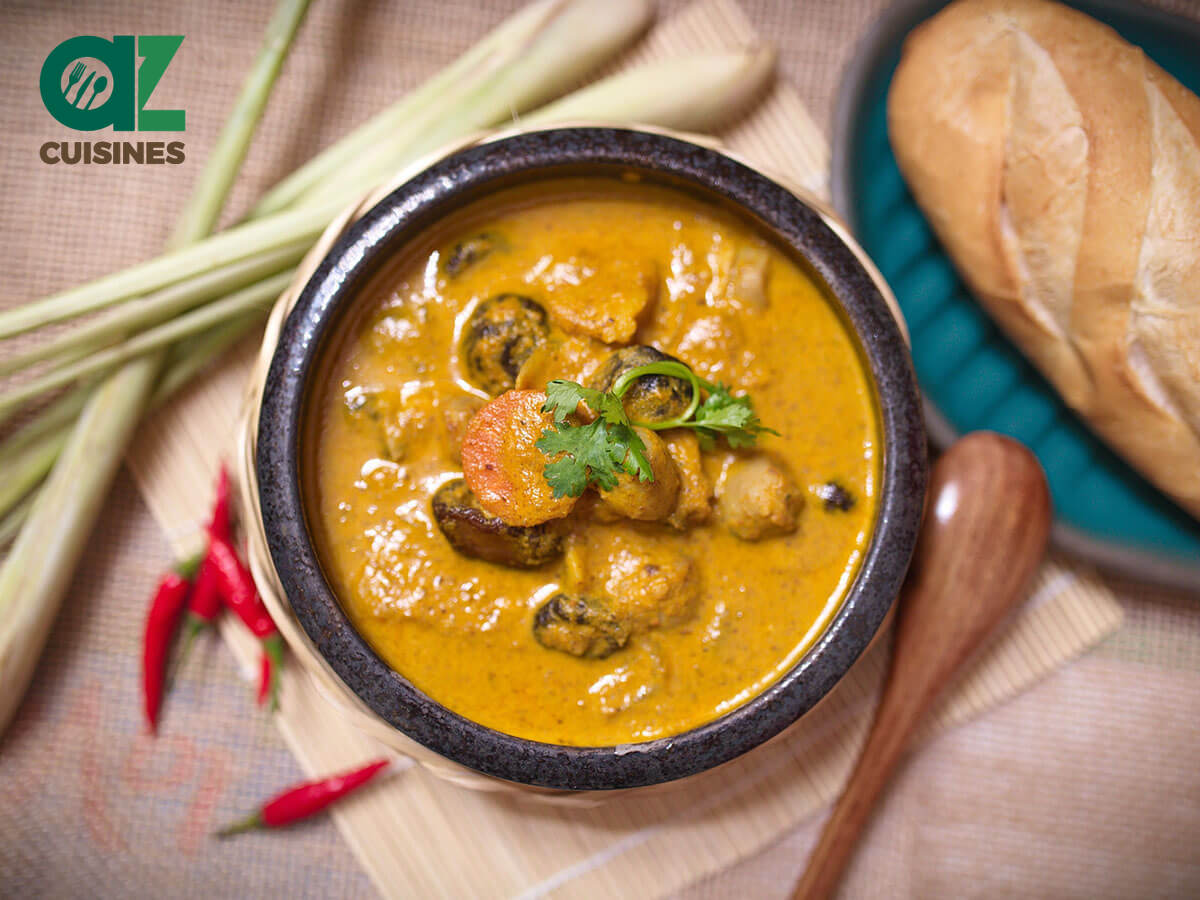
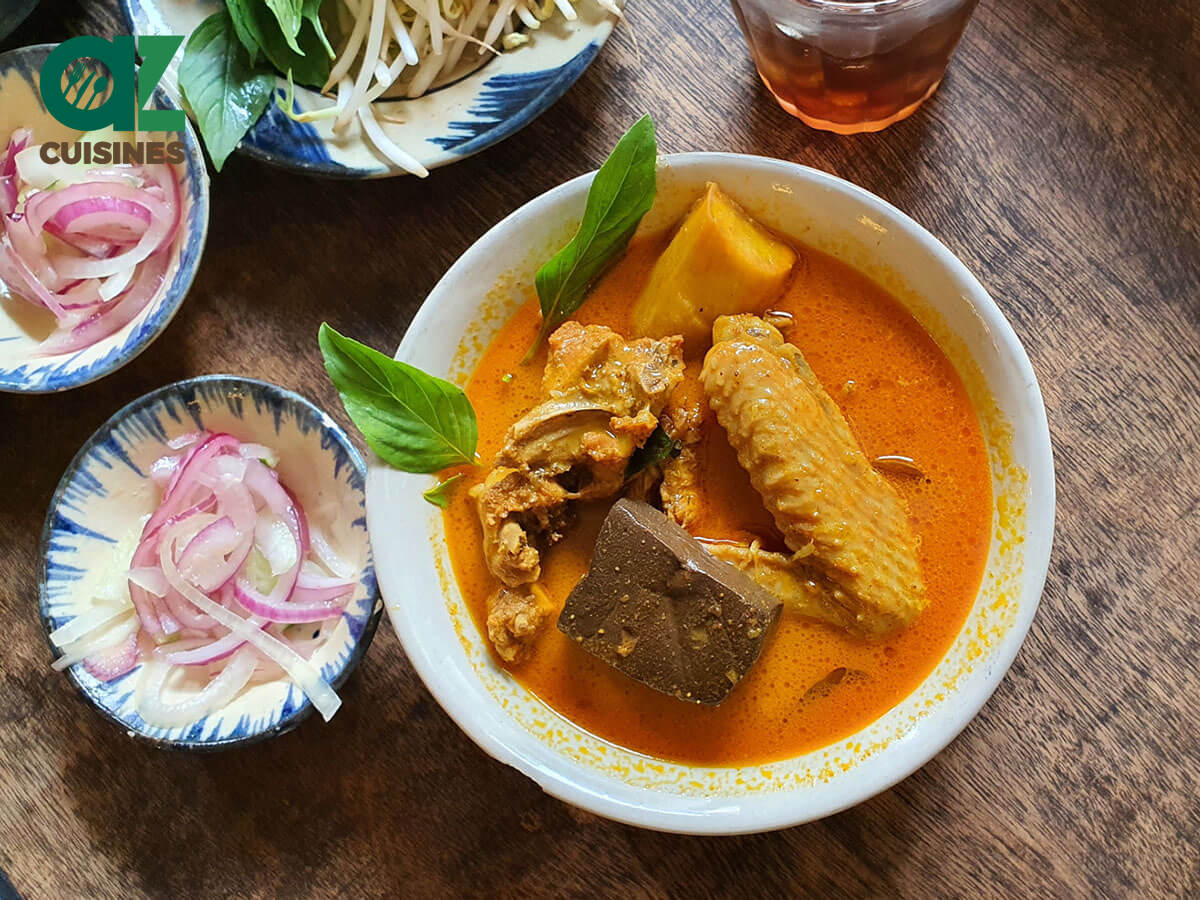
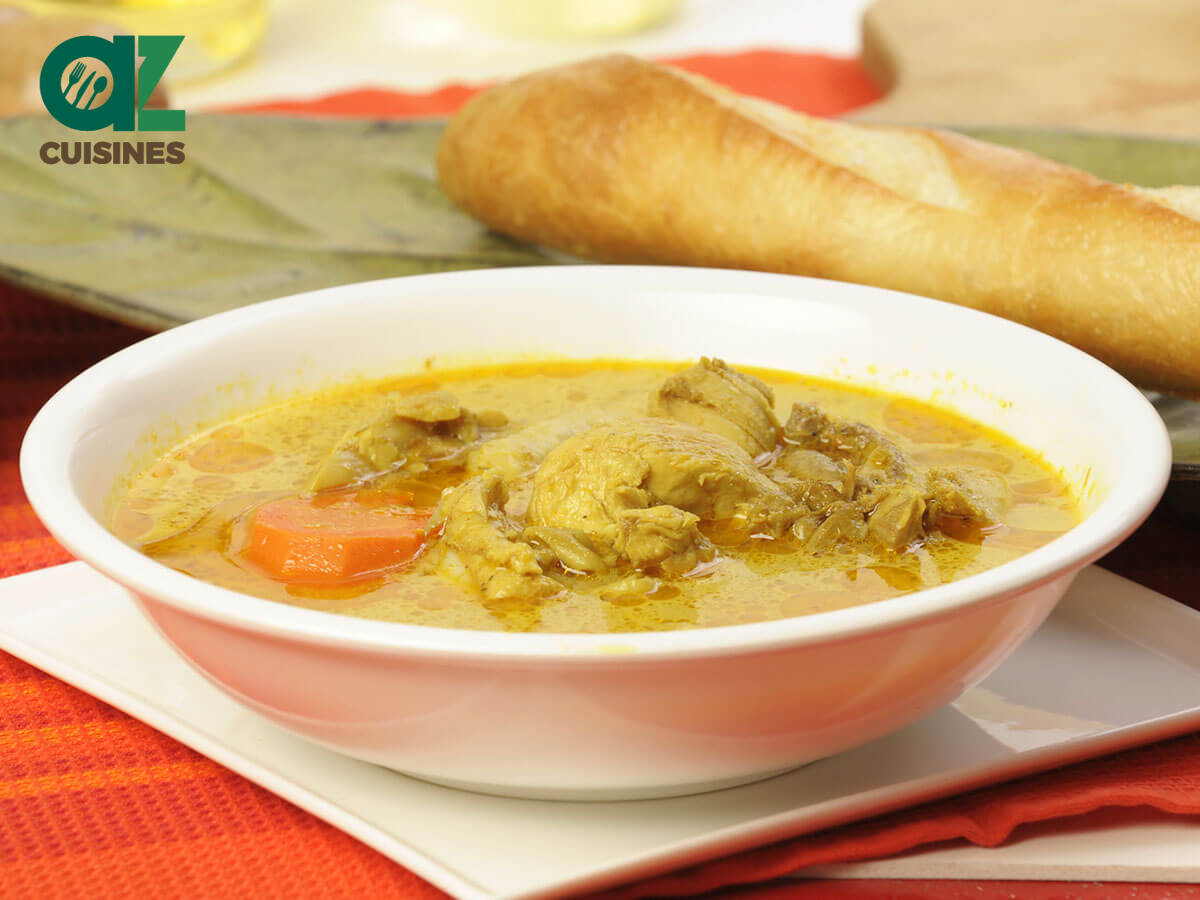
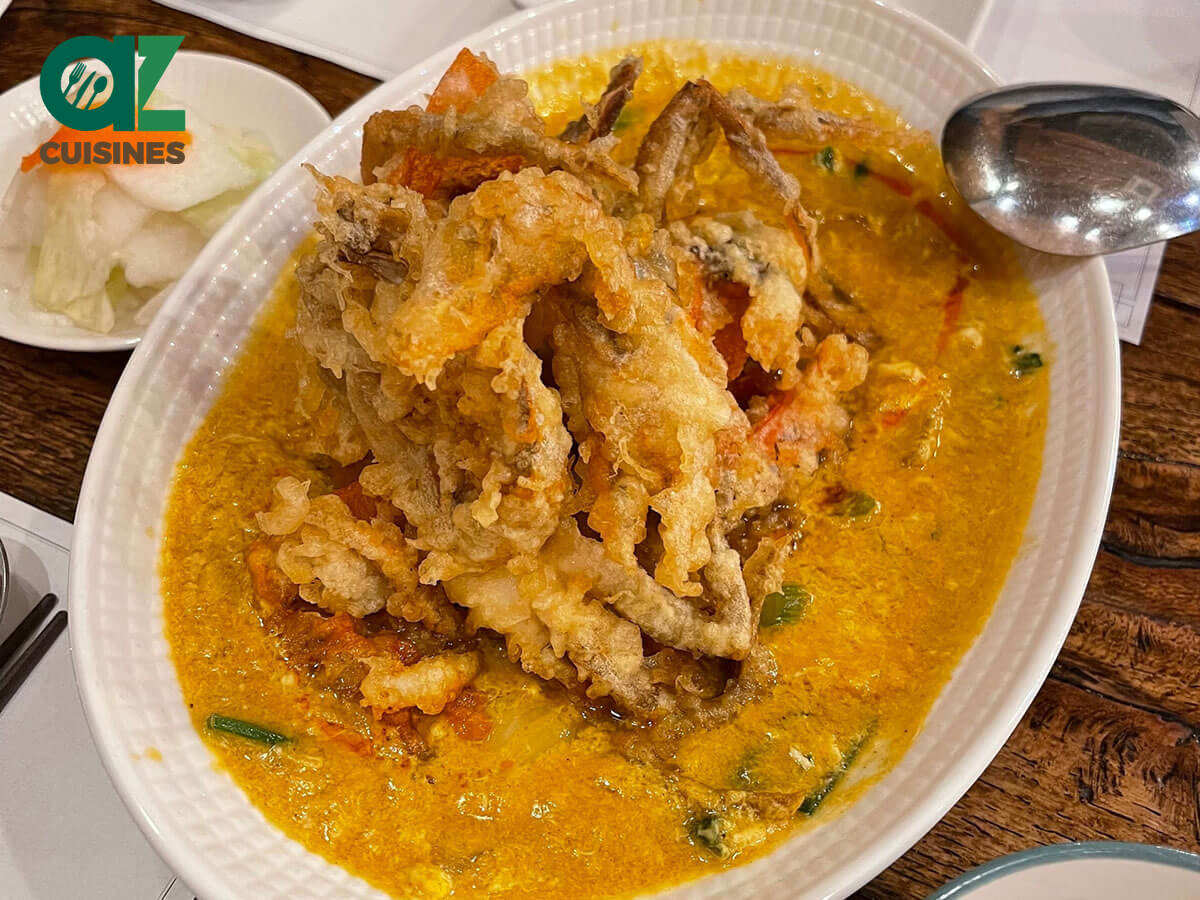
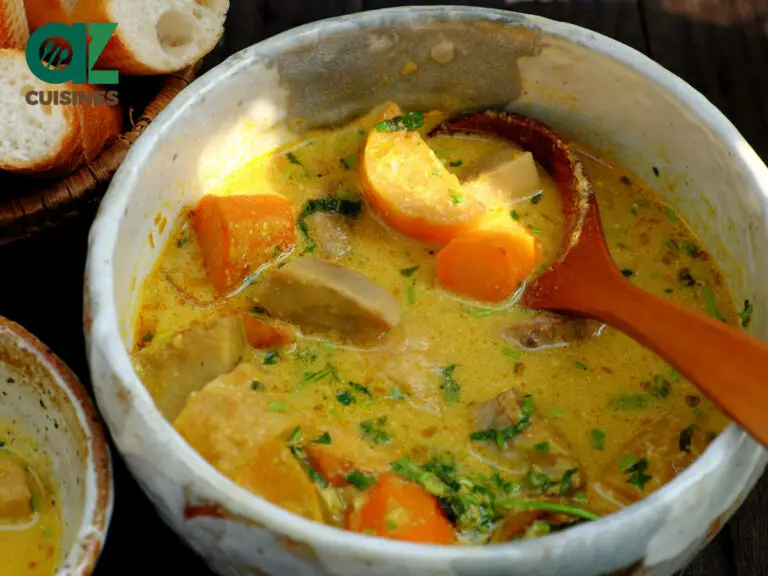
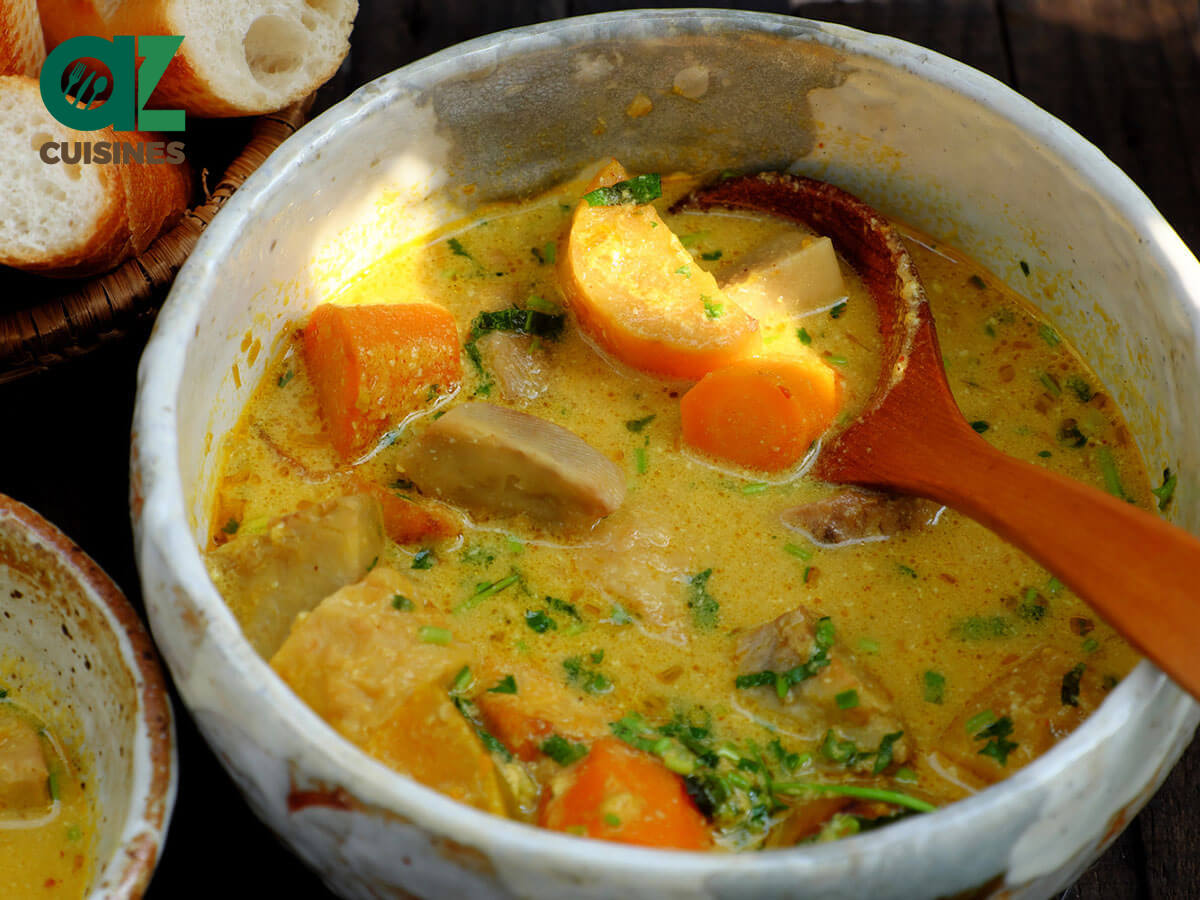
Truc Tran (Kris)
Senior Food Editor
Expertise
Home Cooking, Meal Planning, Recipe Development, Baking and Pastry, Food Editor, Cooking-video Maker, Vietnamese Food Evaluation Expert
Education
Truc Tran (Kris), an experienced food writer and editor, is great at exploring and describing global cuisines, from simple street food to fancy dining. In her writing, she skillfully mixes different flavors, cooking methods, and culinary traditions, showing the unique character of various cultures through their food and drinks. On azcuisines.com, Kris highlights her knowledge, especially in Asian cuisine and worldwide traditional dishes.